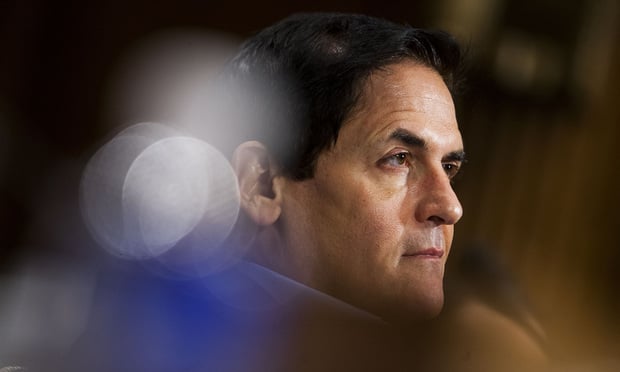A new study offers insight into the types of benefits and benefit designs employees go for when given the choice.
The study, by the Private Exchange Research Council, analyzed hundreds of thousands of benefit purchases made by workers whose employer offers benefits through a private exchange.
The average employer that uses a private exchange offers 14 different benefits and six medical plans, the study found. Employees purchased an average of 4.4 products in 2015, up from 3.6 the previous year.
Older workers are more likely to buy more coverage, with 44 percent of Gen Xers and 42 percent of baby boomers buying more than four products, compared to only 30 percent of millennials.
While employers are increasingly demanding that employees accept high-deductible health plans accompanied by a health savings account, the majority of workers analyzed in the study appear to have traditional health plans, although the percentage with HSAs is rising. Forty-two percent of employees had an HSA in 2015, up from 38 percent in 2013.
Those who opt for high-deductible HSA-qualifying plans tend to be younger and healthier; that’s no surprise. However, the study also found that men and high-paid employees tend to favor such plans more than women and lower-paid employees.
Perhaps surprisingly, the study also found that nontraditional insurance products, such as pet insurance, legal insurance and identity theft insurance, are more likely to be offered by smaller companies.
Private exchanges and the employers that use them describe them as a way to increase employees’ engagement with their benefits. In a health care system that many have argued is overpriced and inefficient because the costs have been hidden behind health plans largely paid by employers, private exchanges are touted as a way to make individuals more sophisticated health care consumers that make conscious decisions about what services they want and need.
Private exchanges got a big boost earlier this year when Starbucks announced that it would be offering its employees an array of health plans to choose through an exchange run by Aon.
In a statement accompanying the study’s release, Christopher Condeluci, one of the principals of Private Exchange Research Council, described the group and its research as addressing a lack of data on the types of benefits that individual consumers favor.
"Knowing what plans people want and how they choose them will go a long way in helping the benefits industry better meet employers' and employees' needs,” he says.
© 2025 ALM Global, LLC, All Rights Reserved. Request academic re-use from www.copyright.com. All other uses, submit a request to [email protected]. For more information visit Asset & Logo Licensing.







